MiniApps on Telegram are becoming the default UX for Web3 users, marking a paradigm shift in how people interact with blockchain applications. In the Web3 landscape, Web3 miniapp platforms like Telegram’s MiniApp ecosystem allow seamless, user-friendly access to decentralized apps (dApps) within a familiar interface. Instead of forcing users to navigate standalone dApp websites or install separate wallets, projects can now meet users directly on a platform they already use daily. The result is a frictionless experience that lowers the barrier to entry for newcomers while enhancing convenience for crypto veterans.
This article explores what Web3 MiniApp platforms are, why Telegram’s MiniApps are emerging as the go-to user experience for Web3, and how businesses can leverage this trend (with a look at how Twendee can help turn this innovation into reality).
What Are Web3 MiniApp Platforms?
Web3 MiniApp platforms are essentially open ecosystems that host mini-applications (lightweight web apps) inside larger mainstream apps, bridging the gap between Web2 convenience and Web3 functionality. In the case of Telegram, Telegram Mini Apps form an open platform that allows Web3 businesses to deploy crypto-enabled applications directly within Telegram’s messaging app. Telegram boasts over 800 million monthly active users and launched its MiniApp platform in 2023 through a strategic alliance with The Open Network (TON) Foundation and Tencent (the parent company of WeChat).
This strategic move positions Telegram to transform from a simple messenger into a “decentralized super-app,” enabling developers to create rich mini-app experiences on a platform with an enormous built-in audience.
From a technical perspective, Telegram MiniApps are web-based applications developed with common web technologies (JavaScript, HTML/CSS) that run inside Telegram. They seamlessly integrate within the Telegram app, extending functionality beyond messaging into domains like gaming, finance, and productivity. Unlike traditional mobile apps, users do not need to install anything extra, these mini-apps load on demand with a single click and work across all platforms (Android, iOS, desktop, etc.). Effectively, Telegram acts as a host: mini-apps are accessed via Telegram bots and can provide interactive interfaces, respond to user input, execute tasks, and facilitate dynamic in-app interactions.
Importantly for Web3, developers can plug into TON blockchain services (via TON SDK, TON Connect, etc.) and utilize smart contracts and crypto tokens within these mini-apps. The TON blockchain underpinning Telegram’s Web3 mini-apps is known for its high scalability, capable of handling heavy transaction volumes without lag, an ideal trait for supporting mass-user applications.
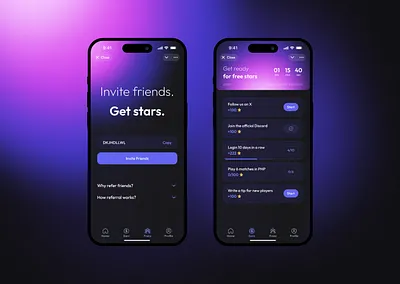
Sample UI of a Telegram MiniApp showcasing referral and reward mechanisms through a sleek, mobile-native interface (Source: Dribble)
In summary, Web3 miniapp platforms like Telegram’s offer a unified environment where users can effortlessly engage with decentralized services inside an app they already trust and use, rather than jumping through hoops to reach separate dApps.
Why Telegram MiniApps Are Becoming the Default Web3 UX
Telegram’s MiniApps are rapidly redefining the Web3 user experience by addressing many of the pain points that have hindered mainstream crypto adoption. The following are key reasons why Telegram’s MiniApps are emerging as the default UX for Web3 users:
- Massive Built-in User Base & Reach: By building on Telegram, Web3 mini-apps tap into an existing community of hundreds of millions. Telegram’s integration with TON grants projects instant access to over 800 million users without requiring any additional downloads or account sign-ups. For a Web3 startup or dApp, this is a game-changer, your application can reach a vast audience on day one, riding on Telegram’s global network. This contrasts sharply with traditional dApps that struggle to attract users onto standalone platforms.
The sheer scale of Telegram’s user base (approaching 1 billion) means a Web3 service delivered as a MiniApp has a far greater chance of mass adoption. In fact, the combination of TON’s high-speed blockchain transactions with access to Telegram’s enormous audience is seen as a critical catalyst for achieving Web3 mass adoption.
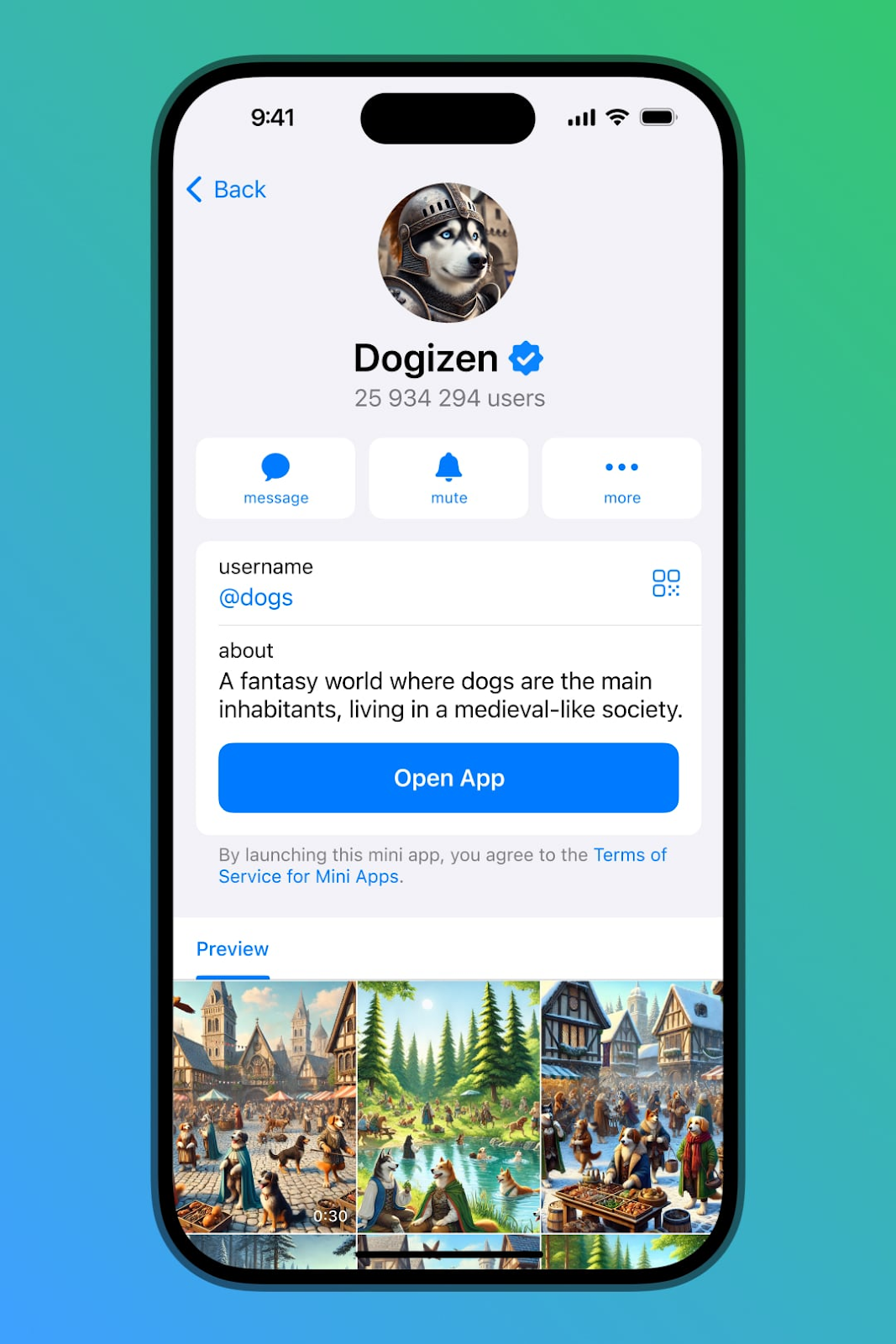
Dogizen MiniApp on Telegram with social-style UX (Source: Telegram Blog)
- Seamless User Experience (Frictionless Onboarding): Telegram MiniApps remove much of the friction that typically frustrates new Web3 users. There is no need to install a new app, manage browser extensions, or juggle multiple accounts, users can open a mini-app with a single tap inside a familiar chat interface. These mini-apps are cross-platform and zero-install, meaning whether a user is on Android, iOS, or a PC, the experience is consistent and instant. Such convenience aligns with Web2-level user expectations (“use and go”), which is crucial for onboarding non-technical users.
For example, the Galxe Telegram Mini App (a quest-based Web3 platform) is embedded directly in the Telegram interface and offers a seamless, user-friendly experience for both crypto enthusiasts and Web3 newcomers, allowing anyone to navigate decentralized tasks and earn rewards without prior blockchain experience. By meeting users where they already are comfortable, Telegram MiniApps drastically lower the learning curve and entry barrier to Web3.
- Integrated Payments & Crypto Transactions: A hallmark of Telegram’s Web3 mini-app platform is the smooth integration of payments – both fiat and crypto – into the user experience. MiniApps can natively leverage Telegram’s payment integrations like Google Pay and Apple Pay, as well as TON’s native cryptocurrency Toncoin, to enable in-app purchases or peer-to-peer transactions with just a few clicks.
In late 2023, Telegram even rolled out a TON-based wallet built into the app, allowing users globally to send and receive crypto within chats. This means a user interacting with a Web3 service on Telegram can seamlessly pay or transact without leaving the app or dealing with external wallets – significantly simplifying activities like buying NFTs, tipping creators, or swapping tokens. MiniApp platforms thus blend the convenience of Web2 payment gateways with the power of Web3 crypto, all under one roof. This convergence of easy payments and blockchain functionality within a chat app is unprecedented, enabling things like sending money as easily as sending a message.
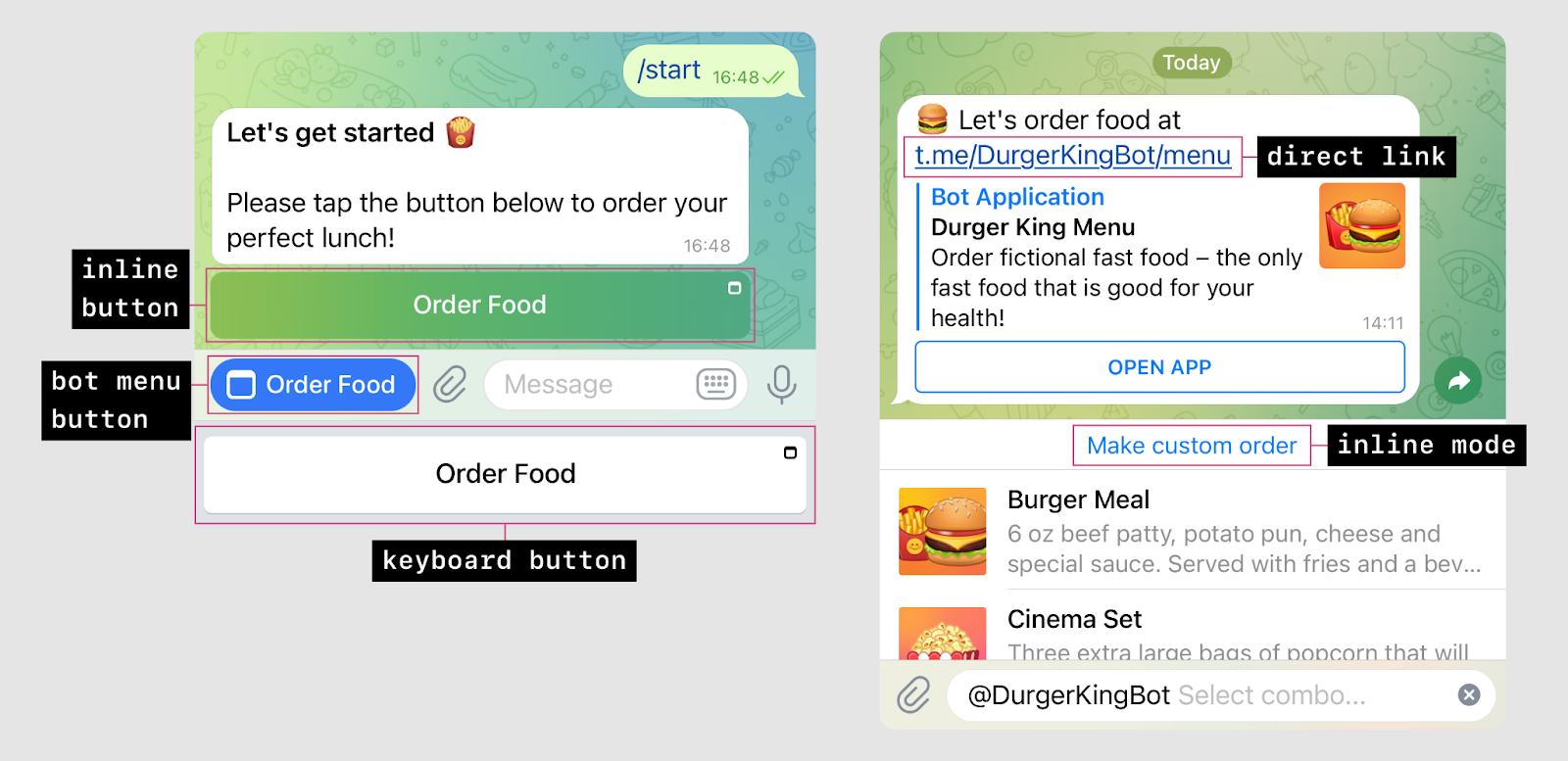
Telegram bot UX components: inline, keyboard, and menu buttons (Source: Telegram Doc)
- Scalability & Performance: Unlike many Ethereum-based dApps that suffered from slow speeds or high fees, Telegram’s chosen stack (TON blockchain) is built for scale. TON’s architecture offers near-instantaneous transactions and minimal fees, which are ideal for the microtransactions and high-frequency interactions in MiniApps.
For instance, a gaming MiniApp or a decentralized finance MiniApp can execute user actions quickly without bogging down the experience with lag or costly gas fees. This scalability ensures that even if a MiniApp gains millions of users, the backend can handle the load, a critical requirement for Web3 apps striving for mainstream popularity. In short, the performance of TON-powered MiniApps can rival traditional Web2 apps, removing a major technical hurdle that previously impeded Web3 UX.
- Community Engagement & Growth Features: Telegram has long been the social hub of the crypto world, home to countless project communities and discussion groups. MiniApps amplify community engagement by introducing interactive and gamified elements directly into these social channels. Telegram even allows MiniApp-specific badges or leaderboards to be displayed on user profiles or in chats, rewarding users for completing tasks or reaching milestones. This kind of gamification, earning virtual badges, points, or rewards for participation, boosts user motivation and creates a sense of accomplishment within the community.
Projects like Galxe have capitalized on this by creating task-based reward programs via their Telegram MiniApp, driving user engagement in a fun, organic way. For brands and developers, Telegram MiniApps thus offer a powerful toolkit to scale community growth and retention, far beyond what a standalone website or mobile app could achieve.
- Security and User Trust: Another reason Telegram MiniApps are poised to become the default Web3 interface is the inherent trust and compliance of the host platform. Telegram is known for its focus on privacy and security, and it extends this ethos to its Web3 ecosystem. The platform enforces strict data policies and works with partners (like LeapXpert for compliant communication) to ensure that user data and transactions via MiniApps remain secure and meet regulatory standards.
For end-users and enterprises alike, knowing that interactions within Telegram’s mini-app environment are subject to Telegram’s security measures (end-to-end encryption for chats, robust user verification, etc.) provides an extra layer of confidence. This stands in contrast to using random third-party dApp sites where security could be dubious. By delivering Web3 services in a controlled, well-monitored app, MiniApps help mitigate risks and increase user trust in trying out blockchain features.
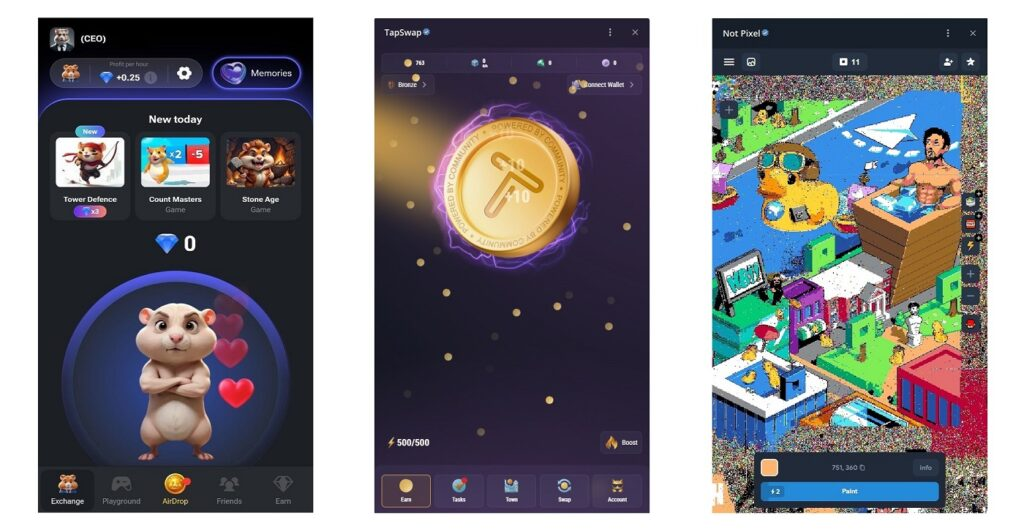
Web3 miniapp gaming interfaces including TapSwap and NotPixel (Source: TapSwap X Feed, Not Pixel Telegram)
In summary, Telegram MiniApps hit the sweet spot between reach, usability, performance, engagement, and security. They leverage Telegram’s strengths (huge active user base and real-time social interactions) and TON’s blockchain capabilities (fast, low-cost transactions and smart contracts) to create an environment where using Web3 services can be as easy as chatting with a friend. It’s no surprise that many are viewing Telegram’s MiniApp platform as the default UX layer for Web3 moving forward.
Real-World Examples of Web3 MiniApps on Telegram
Telegram MiniApps are quickly becoming a preferred way for Web3 projects to reach users — offering seamless access to services within a familiar messaging platform. Here’s how various use cases are shaping up in the real world:
1. Gaming & Community MiniApps
Early adopters, especially from blockchain gaming, have embraced Telegram MiniApps to rapidly grow their user base.
- Fanton, a fantasy soccer game, was one of the first Telegram MiniApps and reached 55,000 monthly active users right at launch (Sep 2023) on TON.
- Following this success, other games like Hero Blaze: Three Kingdoms, Tap Fantasy, and Egg Fight Club joined the wave, integrating game mechanics directly into Telegram chat for instant access.
Games that are “just a click away” within Telegram can onboard users faster than traditional apps.
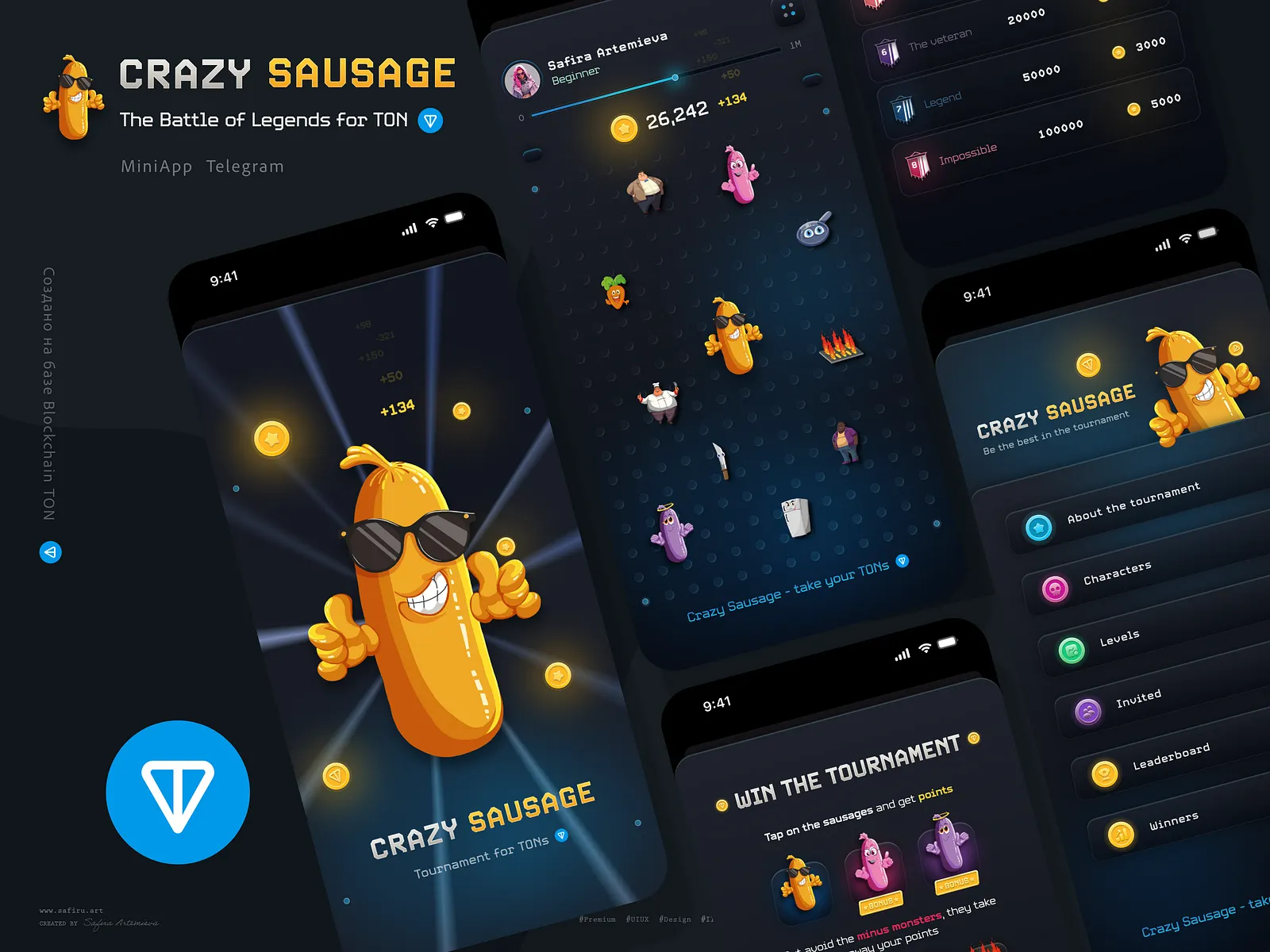
Concept UI for a Telegram-based Web3 mini-game on TON (Source: Dribble)
2. Questing & Community Engagement
Non-gaming projects are also tapping into MiniApps to drive interaction.
Galxe, a major Web3 growth platform, launched a “Task-to-Earn” questing MiniApp inside Telegram. Users can complete tasks (e.g., trying out a DeFi tool, joining a DAO) and earn rewards, all without leaving the app. This approach creates an interactive, beginner-friendly onboarding experience, serving as a bridge from Web2 to Web3.
MiniApps help demystify Web3 for newcomers by embedding tutorials and rewards directly into users’ chat environments.
3. DeFi Services & Wallets
Projects like Button Wallet and TON Swap have created MiniApps that support crypto trading and token swaps through chat-based interfaces. These apps remove the need for complex, browser-based DeFi tools. Users interact through a simple UI in Telegram while all blockchain logic runs in the background.
DeFi becomes more approachable and less intimidating when integrated into a conversational experience.
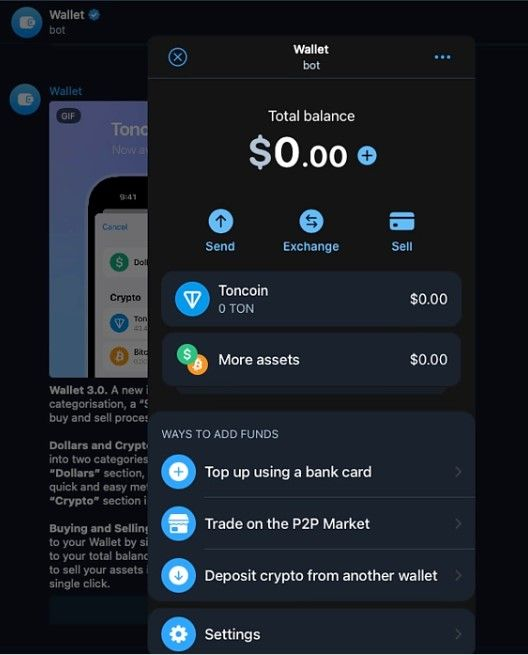
Telegram‑integrated TON Wallet UI with functions like send, exchange, and sell (Source: bittimexchange)
4. User Experience and Adoption
The common thread across these examples is that MiniApps reduce friction. Whether it’s gaming, quests, or DeFi, users don’t need to download a new app or navigate clunky web interfaces. Everything feels like part of their daily Telegram usage, making it easier for them to try and stick with Web3 tools.
MiniApps are quickly proving to be the gateway to Web3 adoption, especially for everyday users who are hesitant to try standalone dApps.
Conclusion
Telegram MiniApps are redefining Web3 user experience by integrating decentralized services into a familiar, chat-based interface. Instead of visiting standalone dApps, users can now access payments, games, wallets, and even NFTs directly in Telegram. With features like mini-app wallets and built-in blockchain support via TON, Telegram is positioning itself as an all-in-one Web3 platform.
This trend is gaining attention beyond Telegram, as more apps explore embedding Web3 tools into everyday interfaces, making Web3 more intuitive, seamless, and accessible to the masses.
As an experienced blockchain development company, Twendee specializes in building tailored Telegram MiniApps that integrate TON and Web3 functionalities into user-friendly interfaces. Whether you’re a startup or an enterprise, Twendee provides end-to-end support, from product ideation and UI/UX to smart contract integration and deployment on Telegram. By partnering with us, you gain access to deep blockchain expertise and a proven development process that accelerates time to market.
Now is the moment to turn your blockchain vision into a Telegram-native product. With the right team and platform, Web3 adoption can move from possibility to reality, starting with where users already are.
Connect with us on LinkedIn or X to explore how Twendee can support your transformation: Twitter & LinkedIn Page
Read latest blog: Top 5 MiniApp Strategies to Enter Web3 Markets via Telegram & TON

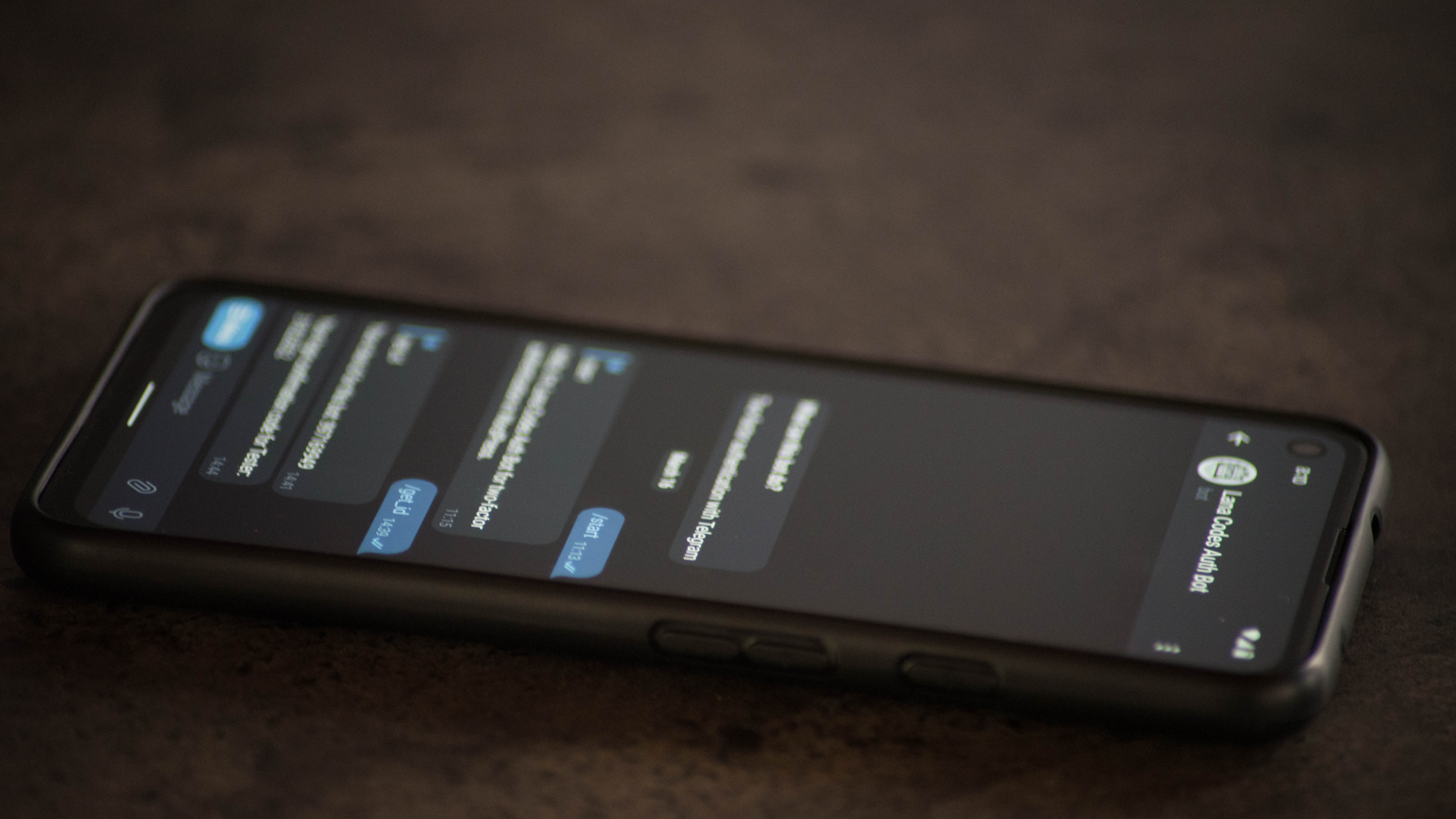


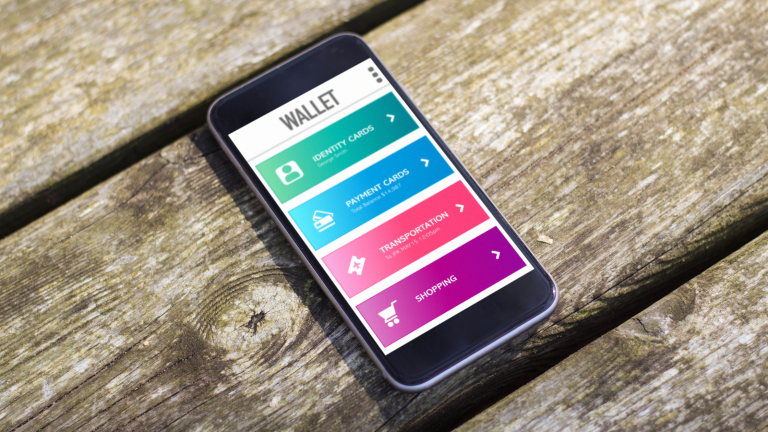

One Response